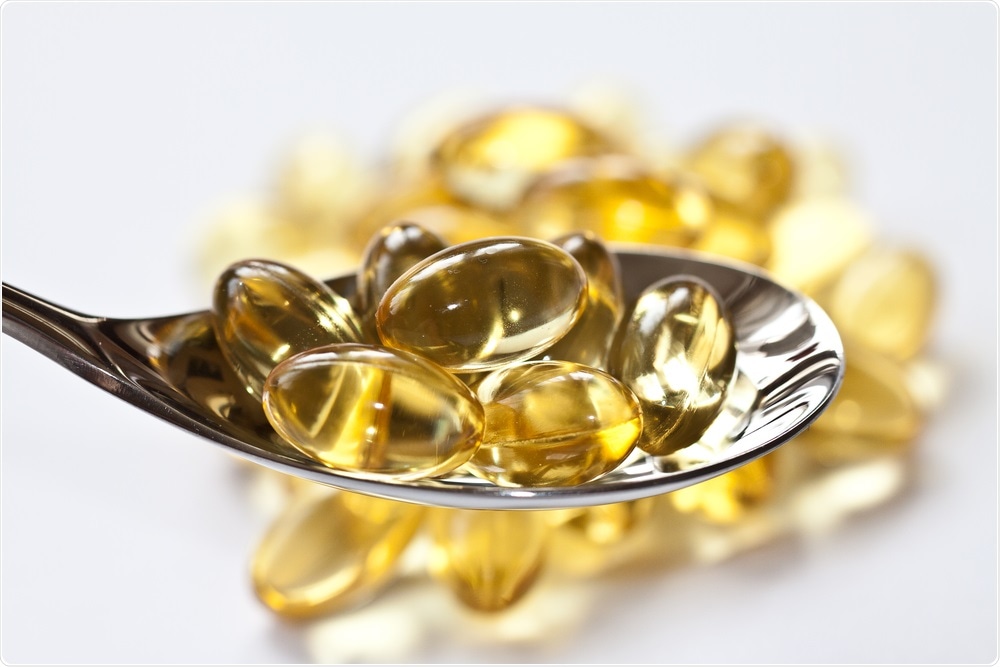Vitamin D is essential for strong bones. This is universally agreed upon. We also know vitamin D is manufactured in our skin cells when exposed to as little as 10-15 minutes of the summer sun over most of the body surface.
However, for people in cold northern climes, this kind of sun is rare for six or more months of winter, leading to possible vitamin D deficiency. This means that they take supplements instead, to prevent bone weakening.
The recommended daily intake for vitamin D by Health Canada is 600 IU (International Units) up to the age of 70 years, after which it goes up to 800 IU. However, some experts disagree, suggesting that people with osteoporosis, a condition in which the bone becomes thinner, need anywhere from 400 to 2,000 IU a day.
Health Canada recommendations are aimed at preventing bone disease due to vitamin D deficiency but do not provide the optimal dose. As a result, it’s unclear whether taking more of vitamin D contributes to better health, as many believe.
The current study examined the question: Can you take too much vitamin D? And if so, how much is too much?

R_Szatkowski | Shutterstock
Examining the effects of excessive vitamin D supplementation on bone health
The current study looked at the bone health of 300 volunteers aged 55-70 years for three years, with an average age of 62 years. The participants were randomly allocated one of three groups: those who got 400 IU vitamin D, those on 4,000 IU and those on 10,000 IU.
The estimated addition of 200 IU on average through the diet brought up all three groups to the recommended dose or above. Calcium citrate at up to 600 mg elemental calcium was also given to achieve a daily intake of about 1,200 mg calcium on average.
The study aimed to examine bone strength and density at higher doses of vitamin D to test if the health benefits increased with increasing doses of vitamin D.
At the beginning of the study, a new scan called high-resolution computed tomography was carried out to assess bone density and bone health at the wrist and ankle. This is called the XtremeCT and is available only in research laboratories. The advantage of using this is the detailed visualization of bone microarchitecture that it offers.
Another tool called dual X-ray absorptiometry (DXA) was also used to assess bone density at the initiation of the study, and then at 6, 12, 24 and 36 months. Yearly urine samples were also taken.
Bone mineral density (BMD) is calculated from the concentration of calcium and other minerals in a bit of bone. A higher BMD reduces fracture risk, however, BMD typically goes down with age.
What did the study show?
The study found a small decline in BMD over the three years using DXA scans. However, when XtremeCT was used, it proved to be much more sensitive, reflecting a significant bone loss in all three groups.
In the 400 IU, 4,000 IU and 10 000 IU groups, the BMD went down by 1.4%, 2.6%, and 3.6% respectively, mainly at the radius, but also in the tibia at the highest dose. Bone strength was not significantly decreased in any group.
The increased sensitivity of XtremeCT compared to DXA held no surprises for the researchers, but the finding that higher doses of vitamin D were linked to the greatest bone loss was surprising. This could be due to increased bone resorption with suppressed secretion of parathyroid hormone (which is important for new bone formation).
Previous studies have shown that high doses of vitamin D did result in increased resorption of bone unless calcium was also supplemented. The active form of vitamin D called calcitriol increases the production of osteoclasts which enhance bone resorption.
The study also looked at whether high doses of vitamin D would cause any other adverse effects. The findings showed that the incidence of hypercalciuria (excessive levels of calcium in the urine) went up with higher doses, namely, 4,000 IU and 10,000 IU daily. While 87 participants had hypercalciuria overall, the incidence was 17% in the first group, 22% in the second 22% and 31% in the third.
Hypercalciuria is relatively common in the population but increases the chances of kidney stones. In the study population, calcium intake in the diet was reduced in the 87 patients and this resulted in a reduction in urinary calcium on a second test.
The study concluded that taking vitamin D at doses above the recommended daily dose is really not useful in pushing up the bone density or increasing the bone strength. In fact, the bone density went down, as shown by the above figures, with the greatest loss seen in the group taking the highest dose.
What can we learn from the study
That amount of bone loss is not enough to risk a fracture over a three-year period, but our findings suggest that for healthy adults, vitamin D doses at levels recommended by Osteoporosis Canada (400-2,000 IU daily) are adequate for bone health.”
Steve Boyd, Senior Author
The lesson here? In researcher Emma Billington’s words, “Large doses of vitamin D don’t come with a benefit to the skeleton. For healthy adults, 400 IU daily is a reasonable dose. Doses of 4,000 IU or higher are not recommended for the majority of individuals.”
Journal reference:
Effect of high-dose vitamin D supplementation on volumetric bone density and bone strength: a randomized clinical trial. Lauren A. Burt, Emma O. Billington, Marianne S. Rose, Duncan A. Raymond, David A. Hanley, & Steven K. Boyd. JAMA 2019;322(8):736-745. doi:10.1001/jama.2019.11889. https://jamanetwork.com/journals/jama/article-abstract/2748796